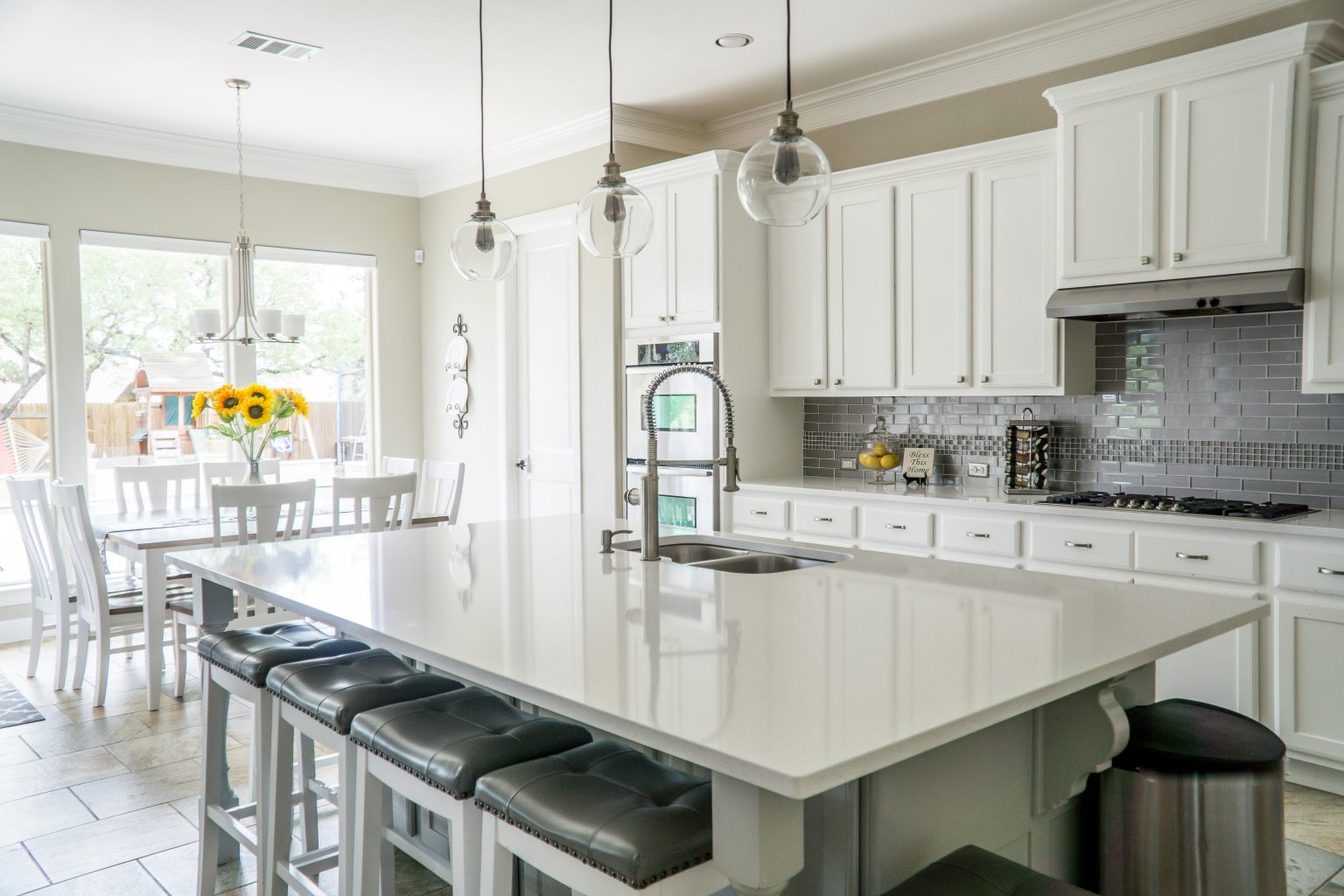In today’s home environments, the demand for beautiful, cohesive interiors is matched by the need for practical and efficient appliances. Homeowners no longer want to compromise design for performance—or vice versa. This shift in consumer expectation has driven a new wave of innovation: home appliances that are as visually appealing as they are functional. From the kitchen to the living room, and even in climate control systems, the integration of design and technology is transforming how we live.
The New Standard for Home Appliances
Not long ago, functionality ruled the appliance market. Performance, durability, and price dominated purchasing decisions. However, as interior design trends began influencing every corner of the home, from open-plan kitchens to minimalist bedrooms, consumers started expecting appliances to do more than just work—they had to look good too.
Modern appliances are now designed to complement the aesthetic choices in a room. Whether it’s a matte-black fridge, a retro-inspired kettle, or a near-invisible cooling unit, today’s models must merge into the space rather than stand out awkwardly. This evolution has led to a new category: functional art. Appliances are increasingly expected to enhance the beauty of the home while quietly delivering high performance.
The Role of Materials and Finishes
A key part of this shift has been the reimagining of materials and finishes. Stainless steel remains popular, but now shares space with brushed brass, matte textures, frosted glass, and even customizable panels. Homeowners can choose appliances that match their cabinetry or blend into the walls. Brands are leaning into design, offering options that let the user tailor the appearance of their appliances.
This change isn’t limited to high-end brands, either. Mainstream manufacturers have caught on to the demand for beauty. Entry-level appliances now often feature sleek lines, neutral tones, and minimalist control panels. With options expanding across all budgets, aesthetic design has become a democratic expectation.
Integration and Space-Saving Solutions
As homes become more streamlined, particularly in urban environments, the demand for space-saving appliances has skyrocketed. This necessity has fueled innovation in integrated appliances that serve multiple functions or tuck neatly away from view.
Dishwashers, microwaves, and even washing machines are now frequently hidden behind cabinetry or built directly into kitchen islands. Smaller appliances are designed with stowability in mind—foldable, collapsible, or multi-use options are favored by those who want utility without clutter.
Climate control systems, too, are evolving to meet these expectations. Traditional air conditioning units are often bulky and visually disruptive, with large external compressors and intrusive indoor fixtures. But a new generation of systems offers a more refined approach. For instance, a Wall mounted air conditioner without outdoor unit offers all the functionality of conventional models, but with a discreet, sleek appearance that preserves the visual harmony of the room.
Kitchen as a Design Focal Point
Nowhere is the intersection of aesthetics and function more visible than in the kitchen. Once treated purely as a utilitarian space, the kitchen is now a central hub for entertaining, cooking, and even working from home. As a result, the look and feel of kitchen appliances have been radically rethought.
Today’s ovens, cooktops, and refrigerators come in colors and styles that cater to personal tastes. Induction hobs blend seamlessly into countertops. Range hoods are concealed within cabinetry or designed as architectural features. Even taps now double as design elements, offering minimalist silhouettes or vintage-style finishes to match the theme of the space.
Moreover, the smart kitchen trend is contributing to this evolution. Voice-activated controls, built-in screens, and automation bring futuristic functionality, while user interfaces are kept sleek and simple. The best smart appliances marry high-tech convenience with understated beauty.

Source: Jakob Owens at Unsplash
Living Room Innovations
The living room has also benefited from this design-function revolution. Televisions, once large and bulky, are now thinner than ever, sometimes disappearing entirely when not in use. Modular furniture often incorporates technology, from built-in charging ports to hidden speakers.
Climate control, lighting, and sound systems are being designed with discretion in mind. Wall-mounted control panels have replaced the sea of remotes, while smart lighting adapts to mood and time of day without the need for unattractive wall switches. The goal is to maintain a calm, stylish atmosphere while improving the home’s comfort and performance.
Bathroom Design and Discreet Technology
In bathrooms, cleanliness and simplicity reign, and appliances must support that aesthetic. Heated towel rails, underfloor heating, and smart mirrors are becoming standard. The tech enhances luxury and comfort, but its visual impact is minimal.
Even ventilation systems are more discreet, replacing boxy units with flat, flush-mounted fans that blend into tiled ceilings or high-gloss walls. The focus here is on maintaining the spa-like quality of the space without introducing harsh industrial lines.

Source: Steven Ungermann at Unsplash
Sustainability as a Design Choice
Another layer of modern design is sustainability. Consumers want appliances that are energy-efficient, environmentally friendly, and long-lasting, but they don’t want them to look industrial or bulky.
Manufacturers are now finding ways to highlight their green credentials without sacrificing form. Sleek solar panels, elegant composting solutions, and unobtrusive water-saving tech are being incorporated into everyday life. Sustainability is no longer an afterthought—it’s built into the design from day one.
This commitment is especially clear in products that solve specific urban problems. For instance, many city homes lack the space for traditional external air conditioning units. The latest systems provide a beautiful alternative—sleek, wall-mounted options that operate efficiently without altering the building’s exterior or requiring major renovations.
The Emotional Impact of Beautiful Functionality
There’s also a psychological element to this movement. Beautifully designed appliances can elevate the experience of everyday life. They invite interaction and foster a sense of pride in the home. Whether it’s the satisfying glide of a silent refrigerator drawer or the intuitive response of a motion-activated light, the design enhances our relationship with the objects we use daily.
This emotional connection to well-designed functionality means people are more likely to invest in quality, and maintain what they own. A sense of harmony is created when each item in the home has both purpose and visual appeal.
Looking Ahead: What’s Next?
The future of home appliances lies in continued convergence. We can expect AI and smart tech to play larger roles, but always under the guiding principle of user-first design. Appliance makers are prioritizing subtlety, fluidity, and aesthetics alongside power and intelligence.
Designers are also beginning to explore more personalized solutions, allowing homeowners to co-create the look and behavior of their appliances. Think interchangeable panels, mood-based settings, and systems that adapt to seasonal or lifestyle changes automatically.
What we’re witnessing is a fundamental shift in how we define the role of appliances. No longer invisible workhorses or jarring necessities, they are becoming part of the story our homes tell—where taste, comfort, and practicality all meet.



